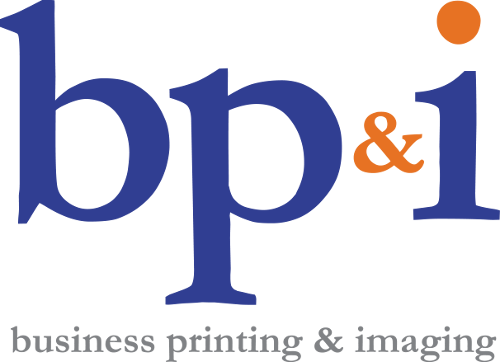
Demystifying the Paper Selection Process
Paper is essential in the design and cost of your publications.
And while paper seems like a basic element, often the print terminology and project specs can be confusing. That’s ok! You don’t have to be an expert to make smart decisions, because we’re here to guide you.
Perhaps a peek at these frequently asked questions can help you understand materials, compare costs, and weigh options for your next project.
Frequently Asked Questions Regarding Paper
1. How does the “grade” of a paper affect its appearance?
Coated paper is categorized by grade levels, with a premium being at the top. Grade levels are determined by brightness, and here are several basic grades (or types) of commercial printing papers:
BOND OR WRITING = Typically used for letterheads, business forms, and copiers. Typical base weights are 16# for forms, 20# for copying, and 24# for stationery.
BOOK = The most commonly used coated and uncoated papers for printing. Ranging between 30#-110# depending on coatings.
TEXT = High-quality sheets in a variety of surfaces and colors. Used for quality printings with a lot of surface texture.
COVER = Used when greater bulk/thickness is required, such as book covers, postcards, business cards, or inserts. Available in a wide variety of surfaces and colors, typically ranging from 60# to 130#.
TAG, BRISTOL, AND INDEX = Smooth surface papers mostly uncoated, except for bristols. Often used for displays, file folders, and tickets.
Remember, paper products come with three specifications: brightness, gloss, and opacity. Typically, the higher the grade level, the higher the brightness and gloss will be.
2. Why does the paper “weight” matter?
In any grade or type, the higher the weight, the heavier the paper. But don’t compare weights across grades/types as that can get very confusing.
In general, heavier papers are bulkier and sturdier, allowing fewer pages per inch. They also have greater opacity (i.e., less show-through), which offers a higher quality but also an increased mailing expense.
3. When is lighter weight helpful?
Publications with larger page count (like magazines, booklets, or projects using a significant amount of paper) can use lightweight stocks to reduce bulk, weight, and cost.
Lighter weights can also bring a more playful, casual feel to your brochure or booklet.
4. What is the difference between coated and uncoated paper?
Uncoated paper is porous, cost-effective, and is typically used for such applications as letterhead, envelopes, forms and basic black-and-white copying.
Coated stock paper, by contrast, is made of higher-quality paper with a smooth, glossy finish. Coated paper works well for reproducing sharp text and vivid colors.
5. What finishing options are available for my project?
A paper’s finish can have a considerable impact on the final appearance of your printing.
Gloss finishes are sophisticated and eye-catching, with a smooth surface that allows for more precise reproduction. Matte (or dull) papers have a softer, subtle feel, and can be easier to read. Spot or foil varnishes are also available if you want to highlight some aspects on your page.
How to Choose the Right Paper for Your Next Printing
Print is beautiful, tactile, and memorable.
More than just ink on a page, the weight, texture, and sheen of your printing can tell an emotional story. Paper plays a significant role in the tone you want to communicate, but also in your bottom line. When you increase the grade or weight, you will improve quality but increase expense, so choosing between paper selections is a delicate balance between image, functionality, and cost.
Want to chat more? Give us a call to see some paper examples or discuss your options today! 310-856-0532 or email info@bpandi.com
